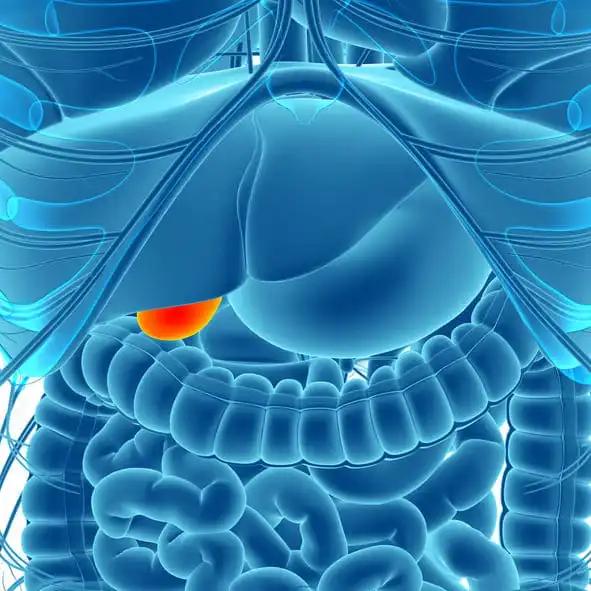KEY TAKEAWAYS
- The observational TQ-BIRD trial aimed to use SCRNA-seq to analyze immune cells in cervical cancer patients after chemoradiation.
- Pts received chemoradiation and had their blood sampled at multiple time points. SCRNA-seq and Seurat 4.0 were used to analyze the data.
- The study found chemoradiation increases the number of immune cells that can fight cancer.
Chemoradiation affects the immune system both in and around the tumor. Understanding the systemic tumor immune microenvironment (STIE) may improve treatment strategies for cervical cancer. Researchers aimed to use single-cell RNA-sequencing (SCRNA-seq) to study immune cells in cervical cancer patients after receiving chemoradiation (RCT).
The study included 2 patients (pts) diagnosed with locally advanced cervical squamous cell carcinoma who received 45Gy/25f with concurrent cisplatin. Peripheral blood samples were collected at baseline, 1-week, 2-week, 3-week, 5-week (end of external beam radiotherapy), and post-chemoradiation for SCRNA-seq using 10× Genomics. Cell clustering and annotation were performed using Seurat 4.0.
Around 90,862 cells were initially clustered into 3 subsets, which were NK&T, B, and myeloid. The NK&T subset was further annotated into 10 clusters, including CD8+T naive, CD8+T effector, CD8+T effector memory, mucosal-associated invariant T(MAIT), cycling CD8+T, CD4Tem, CD4+T naive/central memory, Treg, NK, and NKT cells. Dynamic changes showed that MAIT and cycling CD8+T cells increased steadily with time or RT dose accumulation, indicating that RCT promoted their proliferation. MAIT expressed CD69 and CXCR4 similar to CD8+T effector memory cells while cycling CD8+T cells expressed CX3CR1 like CD8+T effector cells. Pseudotime analysis revealed a differentiation process starting from naive CD8+T cells to cycling CD8+T cells, passing through effector memory and effector CD8+T cells. The transcriptionally distinct MAIT cells occupy a separate branch of the pseudo-time trajectory from other T cells. Due to their shared phenotype, they are close to effector memory CD8+ T cells. Enrichment analysis revealed their involvement in cytokine-cytokine receptor interaction. During RCT, MAIT cells showed increased antigen processing, presentation function, and up-regulation of the PD-1 checkpoint pathway.
The study found chemoradiation induced the accumulation of immune cells that can fight cancer. This finding may help improve treatment strategies for cervical cancer.
Source: https://ascopubs.org/doi/abs/10.1200/JCO.2023.41.16_suppl.e17530
Clinical Trial: https://classic.clinicaltrials.gov/ct2/show/NCT05061342
Caining Zhao, Zhiyuan Xu, Yan Zhang, Bin Ye, Danyang Zheng, Hao Yu, and Feng-Ming Spring Kong. DOI: 10.1200/JCO.2023.41.16_suppl.e17530 Journal of Clinical Oncology 41, no. 16_suppl (June 01, 2023) e17530-e17530.



